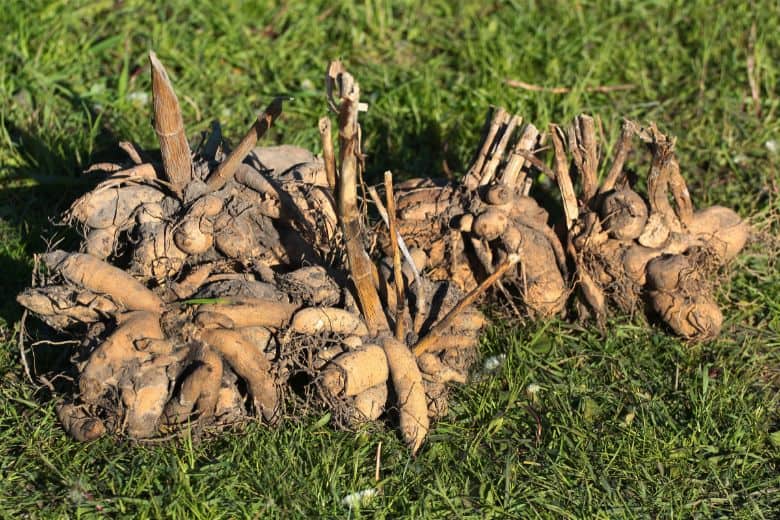
Dahlias are one of the most vibrant and eye-catching flowers you can grow in the garden. Their large blooms come in an array of colors like yellow, orange, red, pink, purple, and more. Not only are they stunning, but they also bloom throughout late summer and fall. If you want your dahlias to put on a showy display as soon as possible after planting, it’s best to pre-sprout the tubers indoors before transplanting them outside.
To pre-sprout your dahlia tubers, you will need to start the process several weeks before your desired planting time. First, you will need to select the tubers that you wish to pre-sprout. Make sure to select tubers that are firm and have no visible signs of damage. Next, you will need to soak the tubers in water for 24 hours. After soaking the tubers, you will need to place them in a container filled with moist potting soil and place them in a warm, sunny location.
However, pre-sprouting dahlia tubers get them started in growth before facing the challenges of the outdoor environment so they can hit the ground running. Follow these simple steps to pre-sprout dahlia tubers and get an early start to your summer and fall bloom time.
How to Pre-Sprout Dahlia Tubers
Step 1: Selecting Tubers
- Choose firm, healthy tubers without damage or rot
- Look for active buds/eyes where sprouts will emerge
- Larger tubers don’t guarantee more flowers but result in bigger plants
- Choose named varieties you want to grow
Step 2: Soak Soaking and Stimulating Growth
- Soak tubers in lukewarm water for 8-12 hours to hydrate and awaken buds
- Can add rooting hormone to encourage root growth
- Gently wipe off excess water before planting
Step 3: Planting in Propagation Trays
- Fill trays with well-draining seed starting mix
- Position each tuber eye-up and gently press in halfway
- Place trays in a warm 70-75°F area with natural light
Step 4: Monitoring Growth
- Check for sprouts emerging within 1-2 weeks
- Provide warmth, and light and keep soil moist as sprouts develop
- Rotate trays for even growth
Step 5: Care During Sprouting
- Check regularly for pests and diseases and treat them promptly
- Ensure good airflow and sterile soil to prevent issues
- Cover the soil with perlite to reduce disease
Step 6: Timing Transplant
- Transplant outdoors around the last frost date when soil is 60°F
- Can transplant earlier with sprouted plants for a head start
- Harden off sprouts for at least a week if chance of frost
Step 7: Transplanting to Gardens
- Acclimate sprouts to lower light before moving outside
- Transplant individually to prepared beds 1-2 feet apart
- Water in and apply mulch, stake taller varieties
Ongoing Care
After transplanting, dahlias need consistent water, fertilizer, and sun to thrive. Water weekly, applying 1-2 inches per week either through rainfall or irrigation.
Fertilize monthly through summer with balanced, water-soluble plant food. Stake or trellis are taller varieties as they grow 4-6 feet tall. Disbudding side shoots redirect energy into large, showy blooms.
Cut back spent flower stems to keep plants bushy and encourage reblooming until first frost. Lift and dry tubers before first expected fall frost then store in a cool, dry spot for winter.
Troubleshooting Common Issues
Here’s an additional section on troubleshooting common issues:
1. Lack of Germination
- Make sure tubers are fully hydrated and buds are activated during soaking
- Check that the planting medium is kept consistently moist but not saturated
- Sprouts may be delayed or not emerge if temperatures are too cold/hot
2. Sprout Damping Off
- A fungal disease that causes weak sprouts to collapse
- Improve air circulation, avoid overwatering saturated soils
- Use a sterile seed starting mix and raise trays off wet surfaces
3. Fungus Gnats
- Small flies attracted to moist soil conditions near sprouting tubers
- Allow the top layer to dry between waterings and use mosquito bits or BTI in water
- Cover the soil with fine gravel or vermiculite to reduce accessibility
4. Leggy Sprouts
- Elongated, weak stems from low light levels
- Provide higher light, including supplemental grow lights
- Rotating trays ensures even exposure and prevents leaning
5. Pest Infestations
- Aphids, slugs, and other common garden pests can affect sprouts
- Inspect regularly and address issues promptly with appropriate treatments
- Isolate infected trays and improve sanitation to prevent the spread
6. Poor Transplant Survival
- Sprouts may struggle after being planted outdoors
- Harden off trays gradually over 5-7 days before full sun exposure
- Water and mulch transplants well to reduce transplant shock
Benefits of Pre-Sprouting
- Get a head start on the season with established sprouted plants
- Sprouted plants establish more quickly when transplanted
- Enjoy blooms 4 weeks sooner than planting tubers in spring
- Higher tuber viability and survival rates over direct planting
Tips for Successful Pre-Sprouting of Dahlia Tubers
Pre-sprouting dahlia tubers is an excellent way to get a jumpstart on the gardening season. Here are some tips for successful pre-sprouting:
1. Select healthy tubers – Tubers should be firm and free of rot or other signs of disease.
2. Soak tubers in warm water – Place tubers in a bucket of warm (not hot) water overnight to soften the skins and help activate the growth hormone.
3. Place tubers in a tray – Fill a shallow tray with a mixture of peat moss and perlite, and place the tubers on the surface.
4. Keep them covered – Cover the tray with a dark, damp cloth to keep the tubers moist and warm.
5. Place in a warm, bright location – Place the tray in a warm, bright windowsill or under a grow light to simulate the spring sun and give the tubers the energy they need to sprout.
Conclusion
Lastly, pre-sprouting dahlia tubers indoors is a simple and effective way to get a head start on your colorful dahlia display. It allows you to extend your season and enjoy vibrant blooms up to a month sooner than direct planting in the garden. With just a few weeks of preparation over winter, you can stimulate growth and have thriving sprouts ready for outdoor transplanting come spring.
The process minimizes stress on tubers and young plants from variable weather conditions. It also boosts overall yields by improving tuber viability and survival rates. With the right care, pre-sprouted dahlias establish rapidly outdoors and set your garden up for success. Whether growing dahlias for cut flowers, garden decoration, or photography subjects, pre-sprouting provides premium sprouts prepared to take off at planting time.
For gardeners looking to maximize their dahlia bloom time and control the season, indoor pre-sprouting is a must. It delivers strong, vigorous plants ready to reward you with colorful, eye-catching blossoms lasting into fall frost. With some simple steps implemented before spring planting, dahlia lovers can kickstart growth and enjoy nature’s brilliance in blooms weeks in advance.

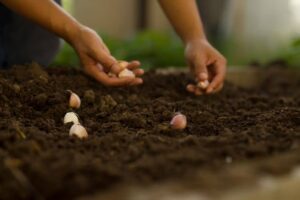
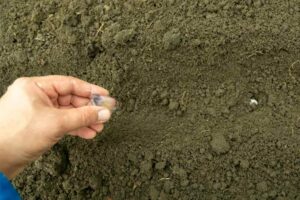


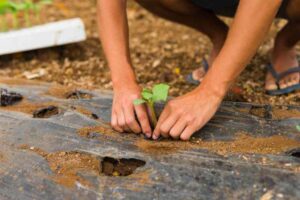
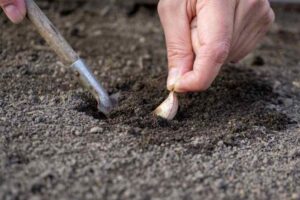

One Comment